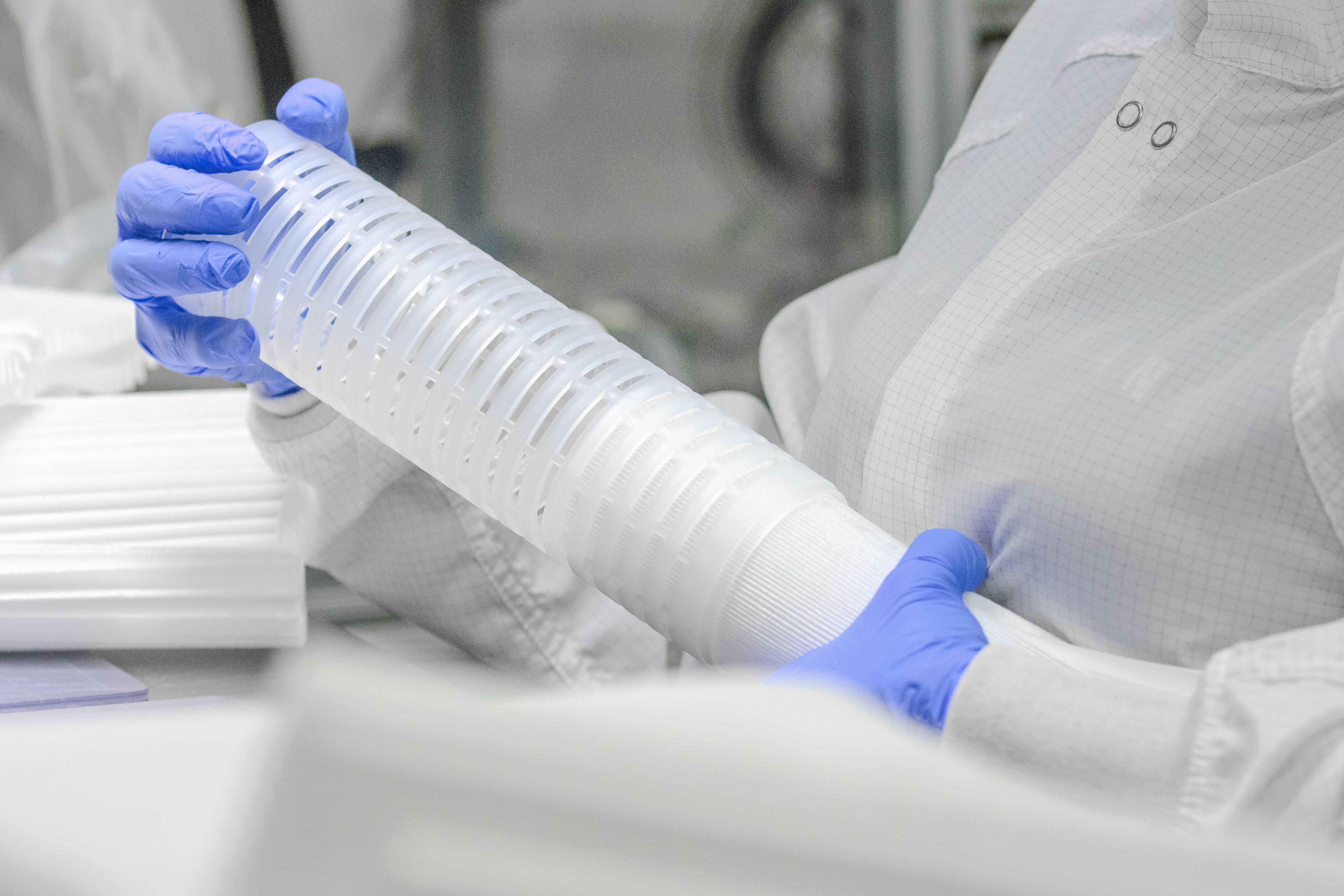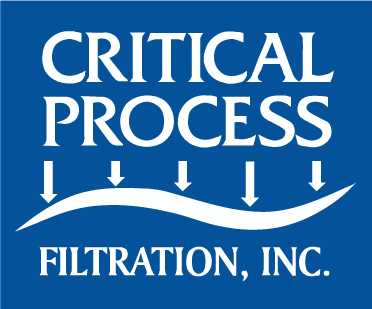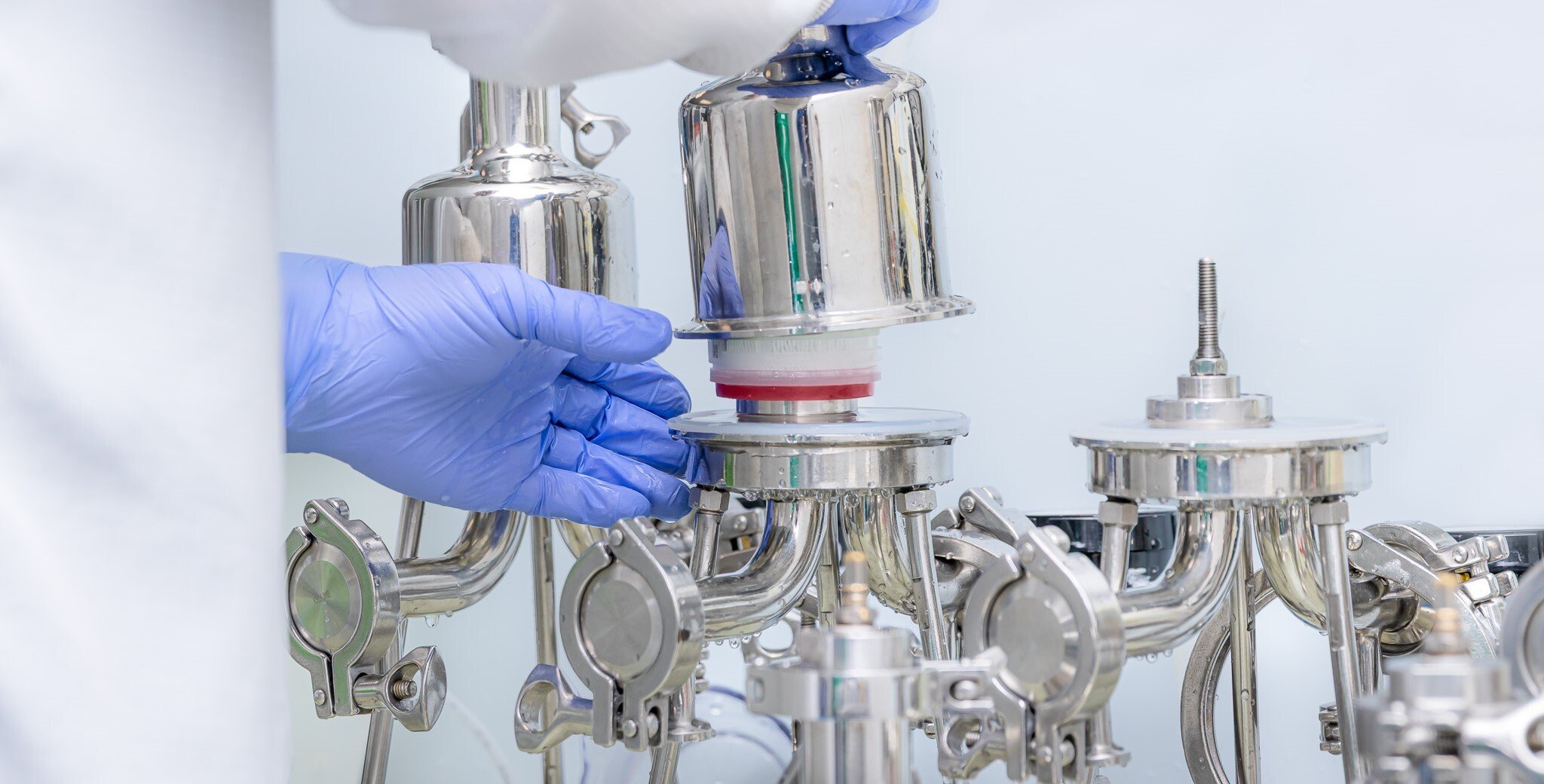Is Reverse Osmosis a Type of Particle Filtration?
Frequently Asked Question
Is Reverse Osmosis A Type of Particle Filtration?
What is Reverse Osmosis Filtration?
Reverse Osmosis membranes are semi-permeable membranes that can separate dissolved solids (such as salts or metal ions) from water. Under static conditions, pure water will flow across the membrane to dilute the contaminated side. The driving force for this is called osmotic pressure. By applying pressure on the contaminated side, this process is reversed, and purified water will flow through the membrane, leaving the contaminants behind, hence the term Reverse Osmosis.

As shown in the chart above, compared to other filter types, RO membranes have the smallest (tightest) pore size ratings - typically in the range of 0.0001 micron (0.1 nanometer). As such they would capture virtually any and all suspended solids from a feed stream. But as their primary purpose is to separate out dissolved solids, the RO filter must be protected from the suspended solids to prevent premature fouling and loss of functionality.
From a more practical aspect, RO filters are operated in a cross-flow (tangential flow) mode, where a certain percentage of the feed passes out of the filter as a waste stream, carrying concentrated contaminants with it. This means they don’t provide 100% recovery of the fluid being filtered. While this helps to prevent fouling, the feed still needs a high degree of pre-filtration for optimal performance.
They also typically operate at elevated pressures (100 - 200 psi or higher, depending on the dissolved solids concentration in the feed), resulting in higher operating costs than typical particle filters.
So, Is Reverse Osmosis a Type of Particle Filtration?
While a Reverse Osmosis (RO) filter will certainly remove particles from a feed stream, it would never be deployed for that purpose on its own. For efficient, cost effective particle filtration, depth filters and/or microporous membrane filters present a better option. Depending on the filtration requirements, a filter train can be designed to meet your exact needs.
How Can Critical Process Help?
Critical Process Filtration produces a wide range of microporous filtration products, using a wide range of membrane filter materials (PES, Nylon, PVDF, PTFE) in flat sheet, cartridge and capsule configurations. As stand-alone filters they find use in an equally wide range of applications - pharmaceutical for sterilization and bioburden reduction, food and beverage for clarification and stabilization, electronics for fine particle removal, industrial chemical filtration, tank vent filtration, and many others.
If you have a process requiring particle removal, contact customerservice@criticalprocess.com so we can help you determine the right filter for your application.





